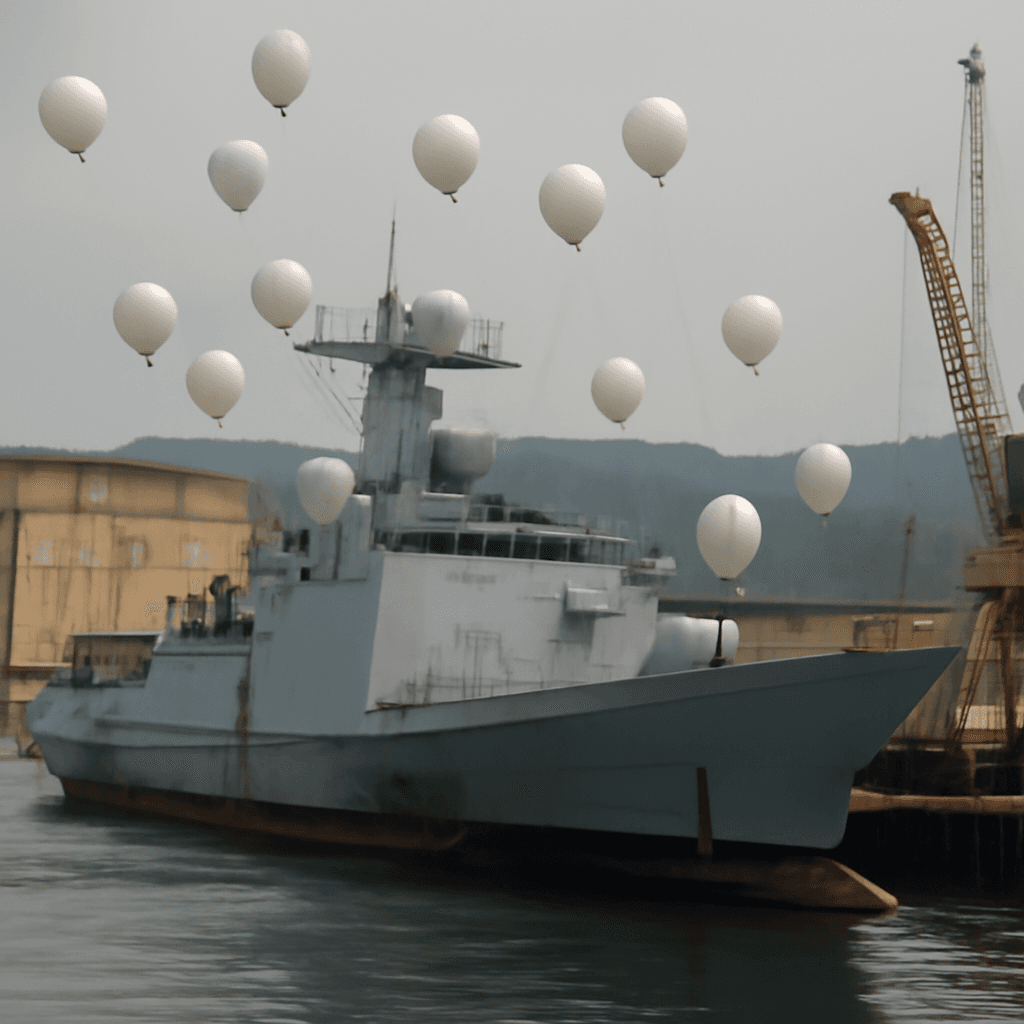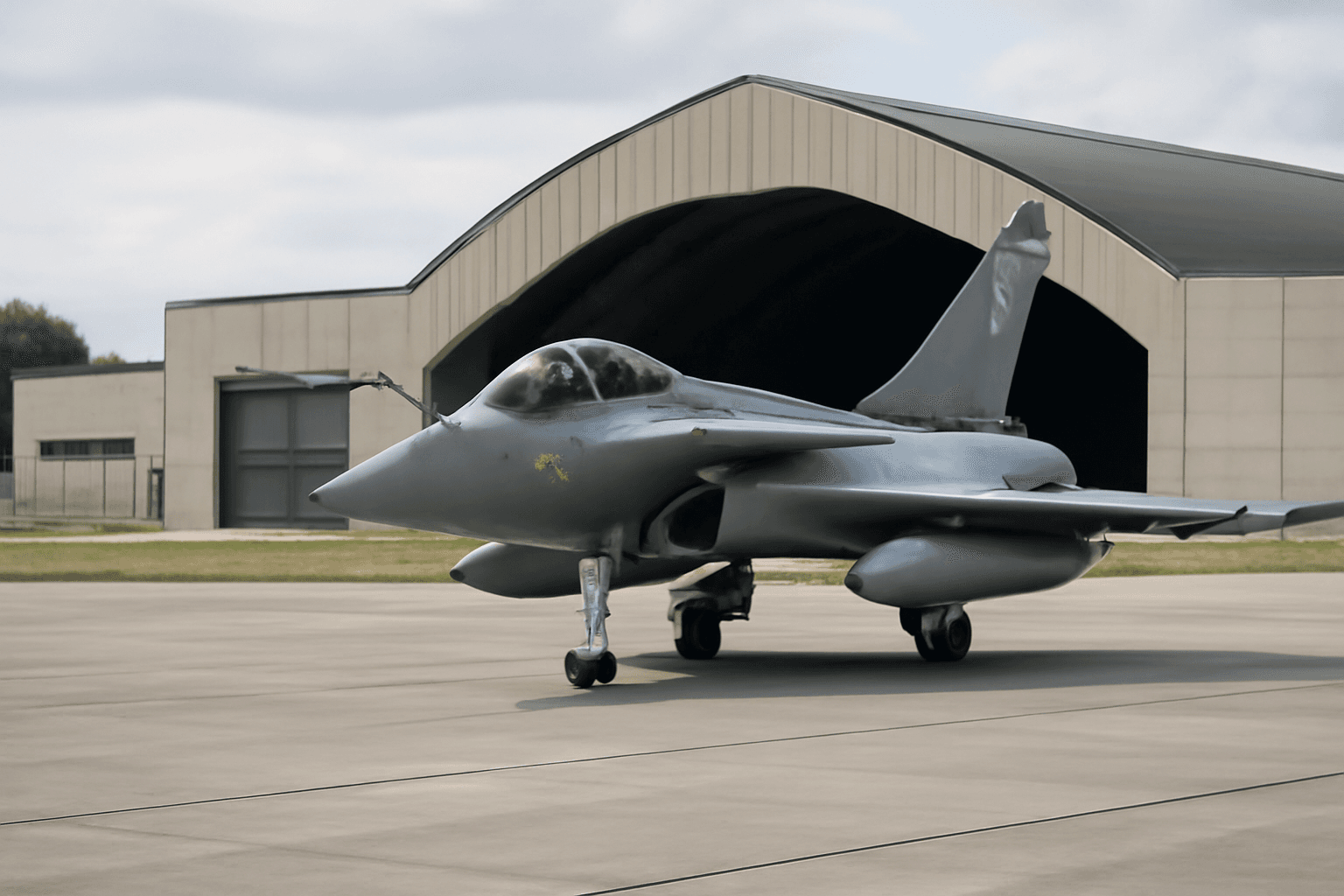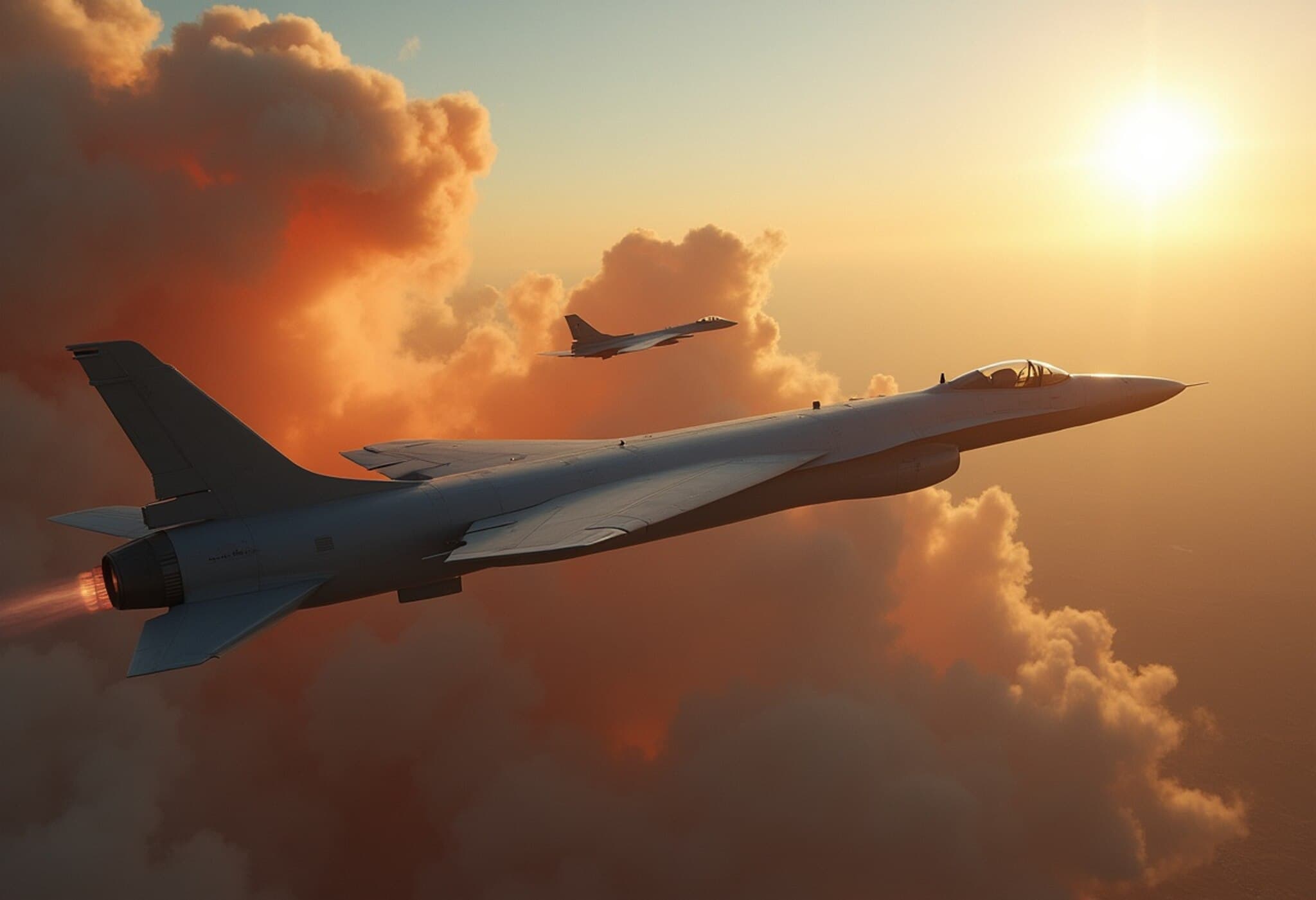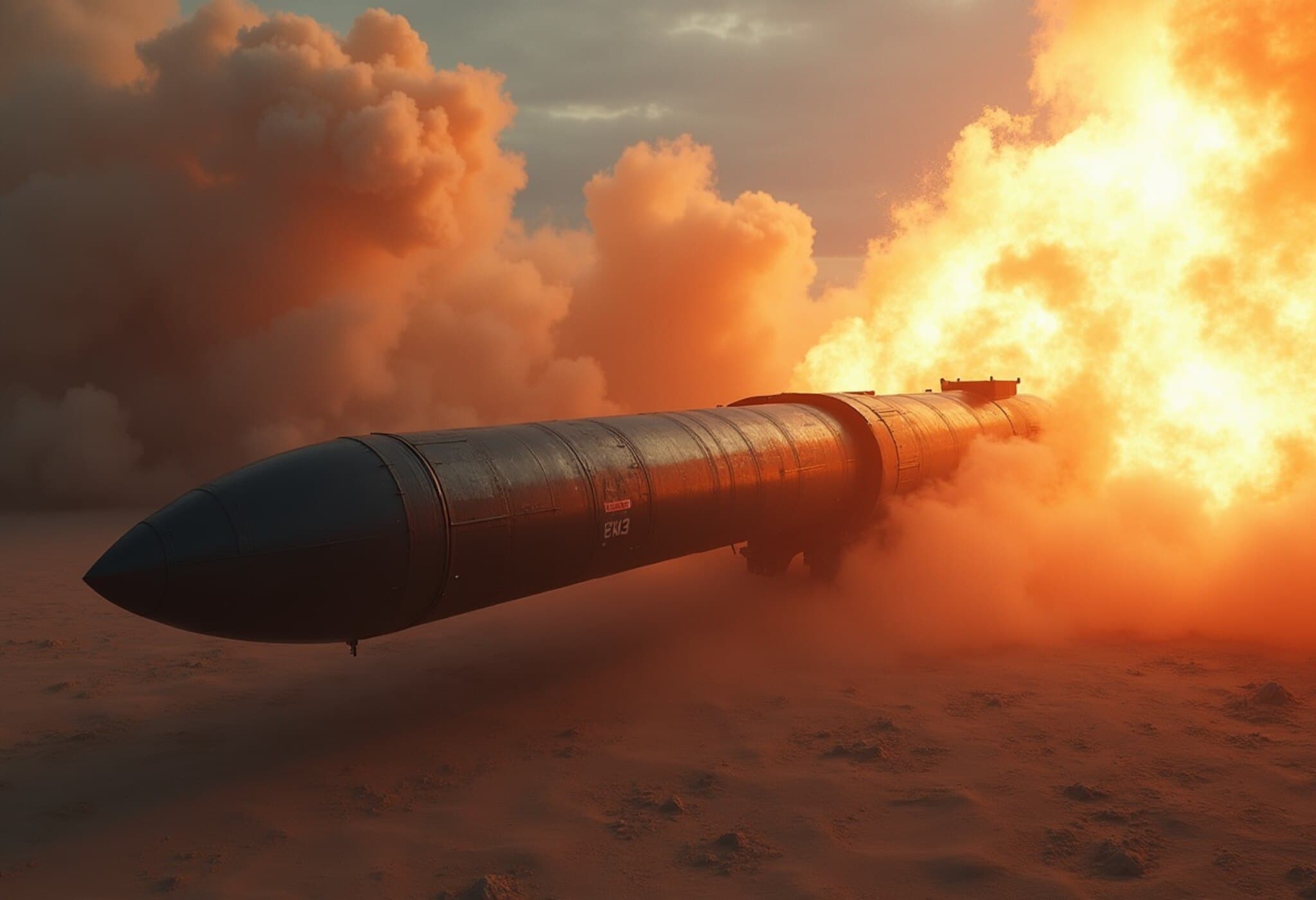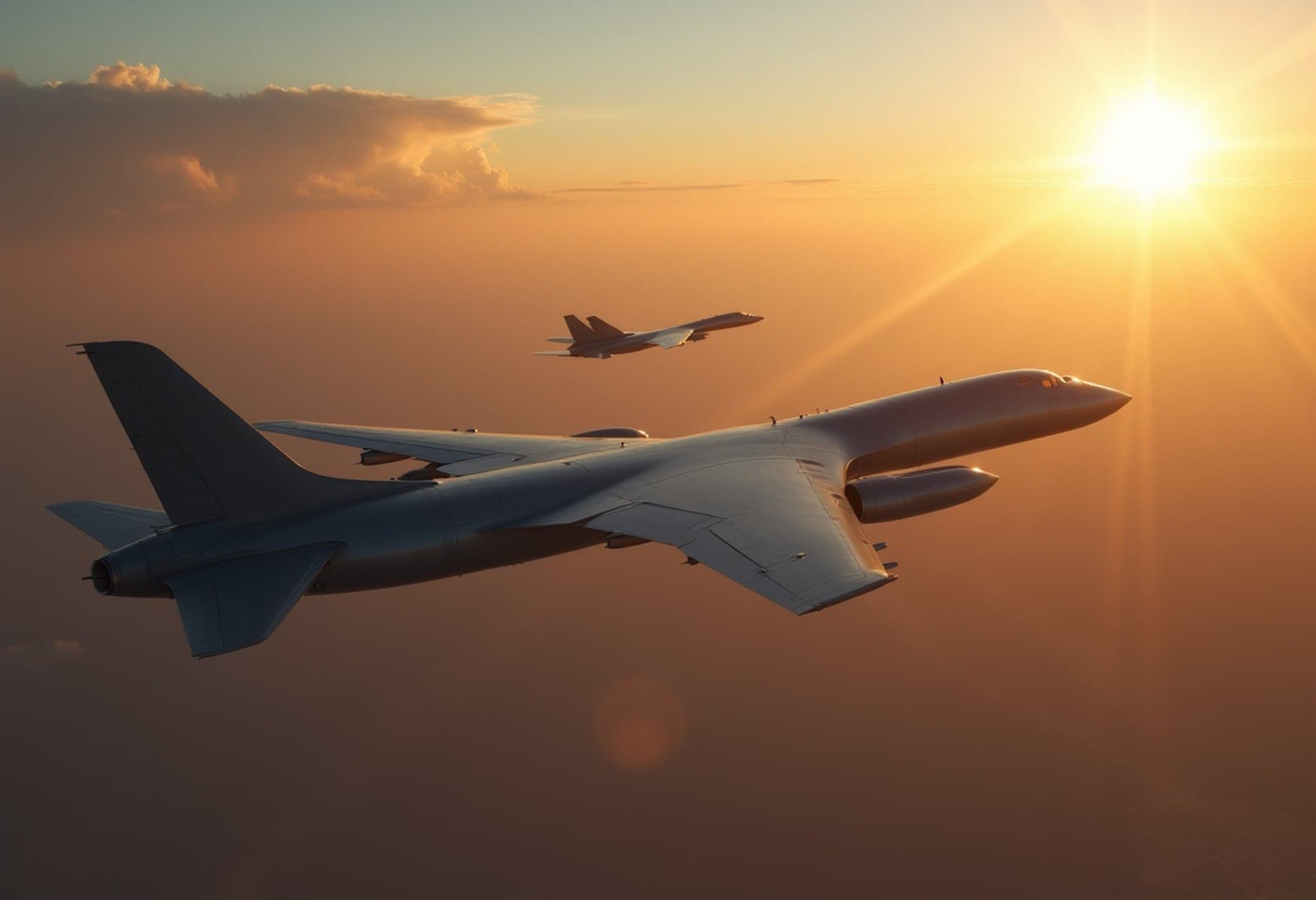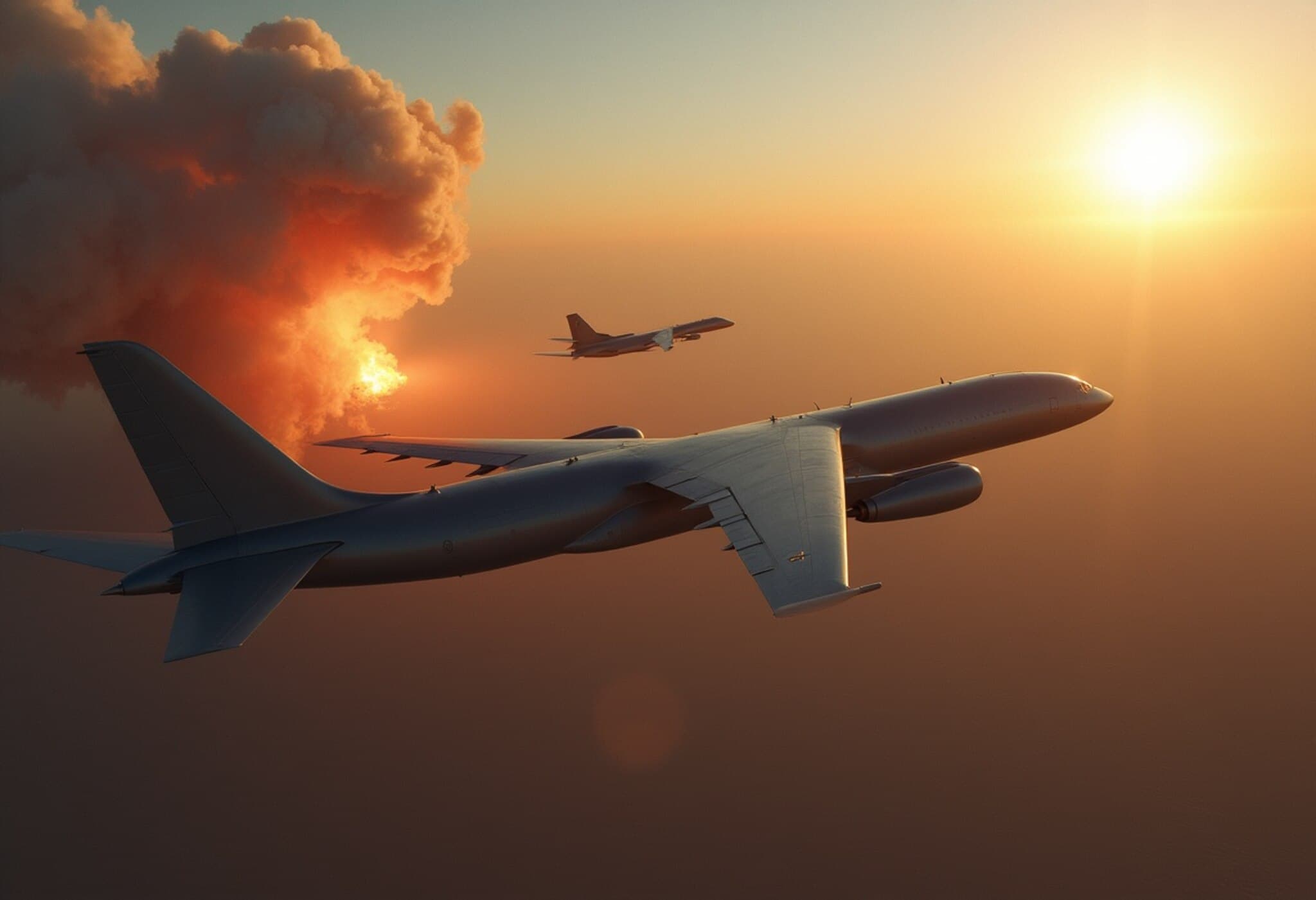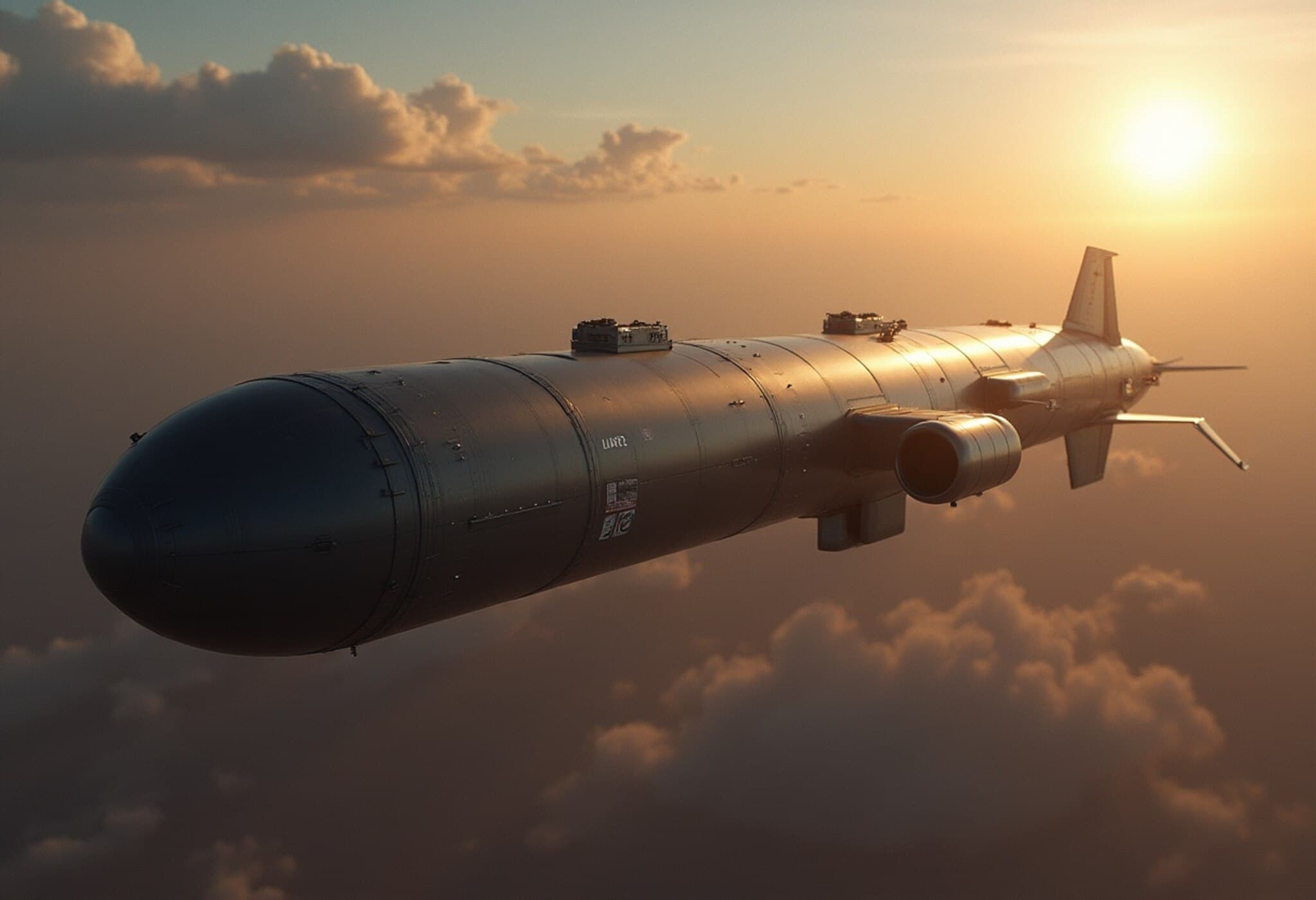US Strikes on Iran: Behind the Scenes of a High-Stakes Mission
In a meticulously coordinated operation, the United States deployed five previously undisclosed weapons alongside known armaments like Tomahawk cruise missiles and GBU-57 bunker busters during precision strikes targeting Iran's nuclear facilities at Fordow, Natanz, and Esfahan.
How the Mission Unfolded: An Integrated Strike Approach
The operation saw B-2 stealth bombers armed with GBU-57 Massive Ordnance Penetrators (MOPs) taking off from Whiteman Air Force Base. Once over land, these bombers were joined by escort and support aircraft, initiating a complex blend of deception, decoy deployment, and electronic warfare before releasing the high-yield bunker-buster bombs.
Communication between bombers and support craft was kept to an absolute minimum, highlighting the precision and trust in the mission's planning and execution.
1. AGM-88E Advanced Anti-Radiation Guided Missile (AARGM)
Ensuring the B-2s remained virtually undetected, the US deployed AGM-88E missiles fired from fighter jets to neutralize Iranian air defenses. These missiles target relocatable radar systems and surface-to-air missile installations, effectively suppressing threats before the bombers approached their targets.
- Speed: Exceeds Mach 2
- Compatible Platforms: F/A-18 Super Hornet, F-35A, F-16, EA-18 Growler
2. ADM-160 Miniature Air-Launched Decoy (MALD)
This cost-effective, modular drone mimics the radar signature of US and allied fighters, confusing enemy Integrated Air Defense Systems (IADS). Launchable from platforms such as the F-16 or B-52 Stratofortress, it enhances survivability by diverting defenses away from valuable assets.
- Ceiling: 30,000 feet
- Variants: MALD-J, a jamming variant providing electronic warfare capabilities
3. AGM-158 Joint Air-to-Surface Standoff Missile (JASSM)
Acting as a stealthy backup weapon, the JASSM is designed to eliminate high-value targets from beyond enemy air defense ranges. Equipped with a 1,000-pound blast fragmentation warhead and a range surpassing 500 nautical miles (926 km), it represents a formidable force multiplier.
- Operators: US, Australia, South Korea, Finland, Poland
- Deployment: Armed on F-35 aircraft during this mission, though not utilized
4. AGM-154 Joint Standoff Weapon (JSOW)
Developed jointly for the US Navy and Air Force, the JSOW family consists of medium-range glide weapons to engage targets from long distances, outside the reach of enemy air defenses. Although kept on standby during the operation, these missiles target airbase infrastructure and would have been unleashed if Iranian fighters scrambled.
5. E/A-18G Growler Electronic Warfare Aircraft
The Growler, an advanced variant of the F/A-18 Super Hornet, played a key role in electronic warfare operations, jamming enemy radars and disrupting Iranian command and control centers. Equipped with AIM-120 air-to-air missiles and AGM-88 HARMs, it safeguarded the B-2s by neutralizing threats along the flight path.
Operation Midnight Hammer: Precision, Surprise, and Coordination
The strike package featured seven B-2 bombers, each with a two-person crew, flying from Missouri to Iran. Mid-air refueling and synchronizations with support aircraft, including the F-22 Raptor and F-35 Lightning jets, showcased exceptional orchestration.
Just prior to the bombers entering Iranian airspace, a US submarine launched more than two dozen Tomahawk cruise missiles, targeting critical infrastructure and paving the way for the air assault.
Between 6:40 pm and 7:05 pm EST, the lead B-2 released two GBU-57 MOPs at Fordow among other target zones, with all three nuclear sites successfully struck. In total, approximately 75 precision-guided weapons were employed throughout the operation, underscoring the technological and tactical sophistication of the US forces.



